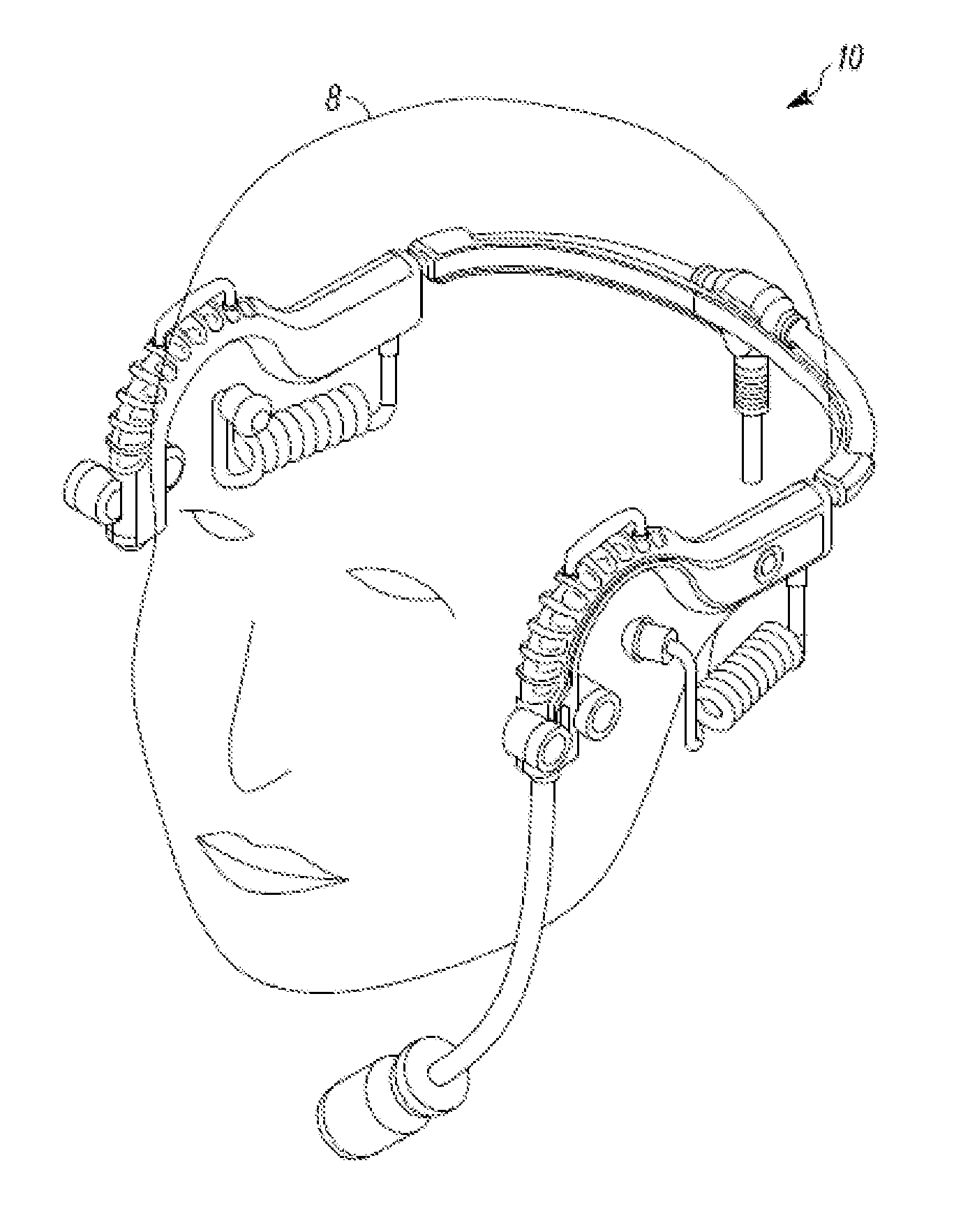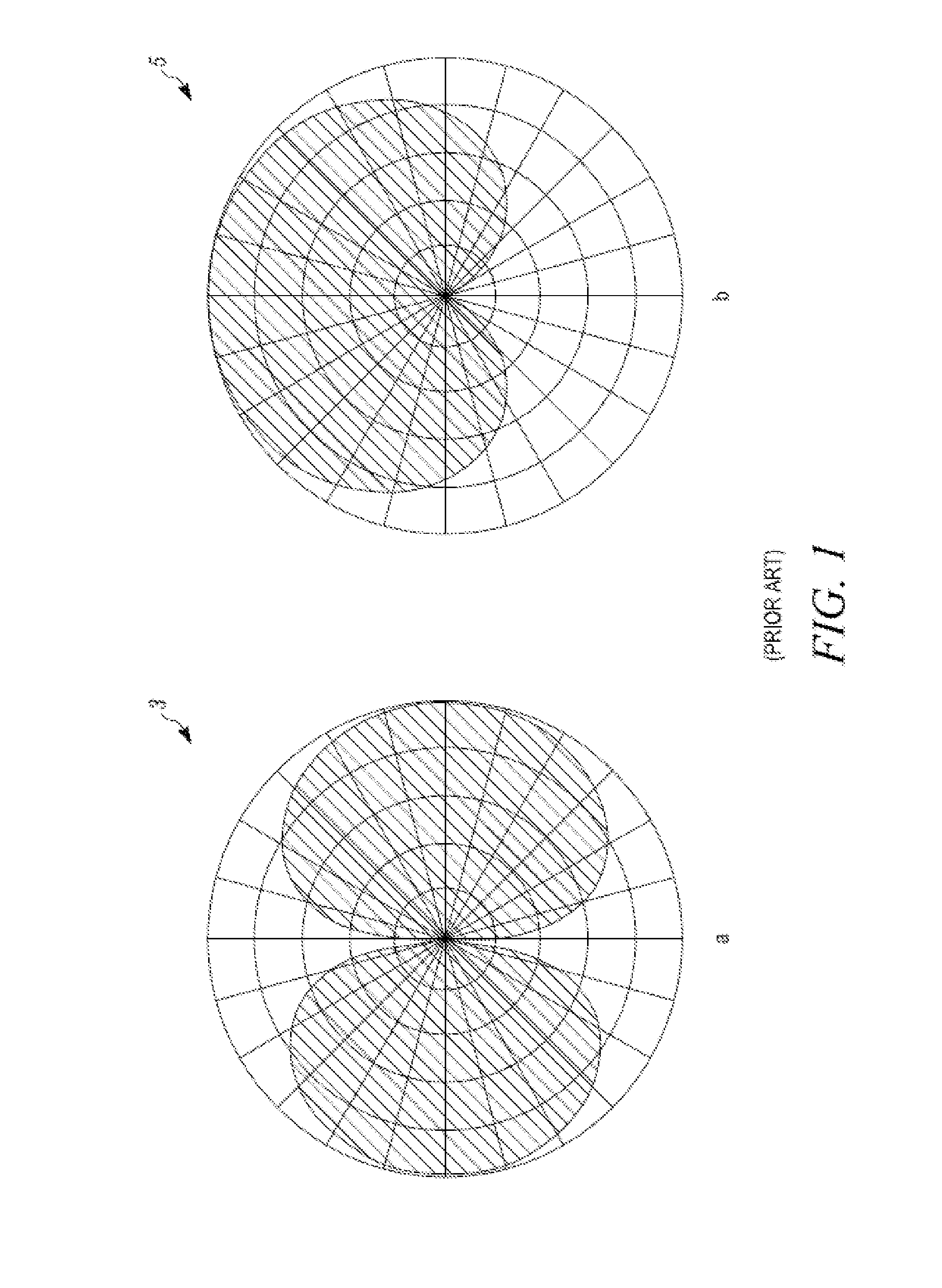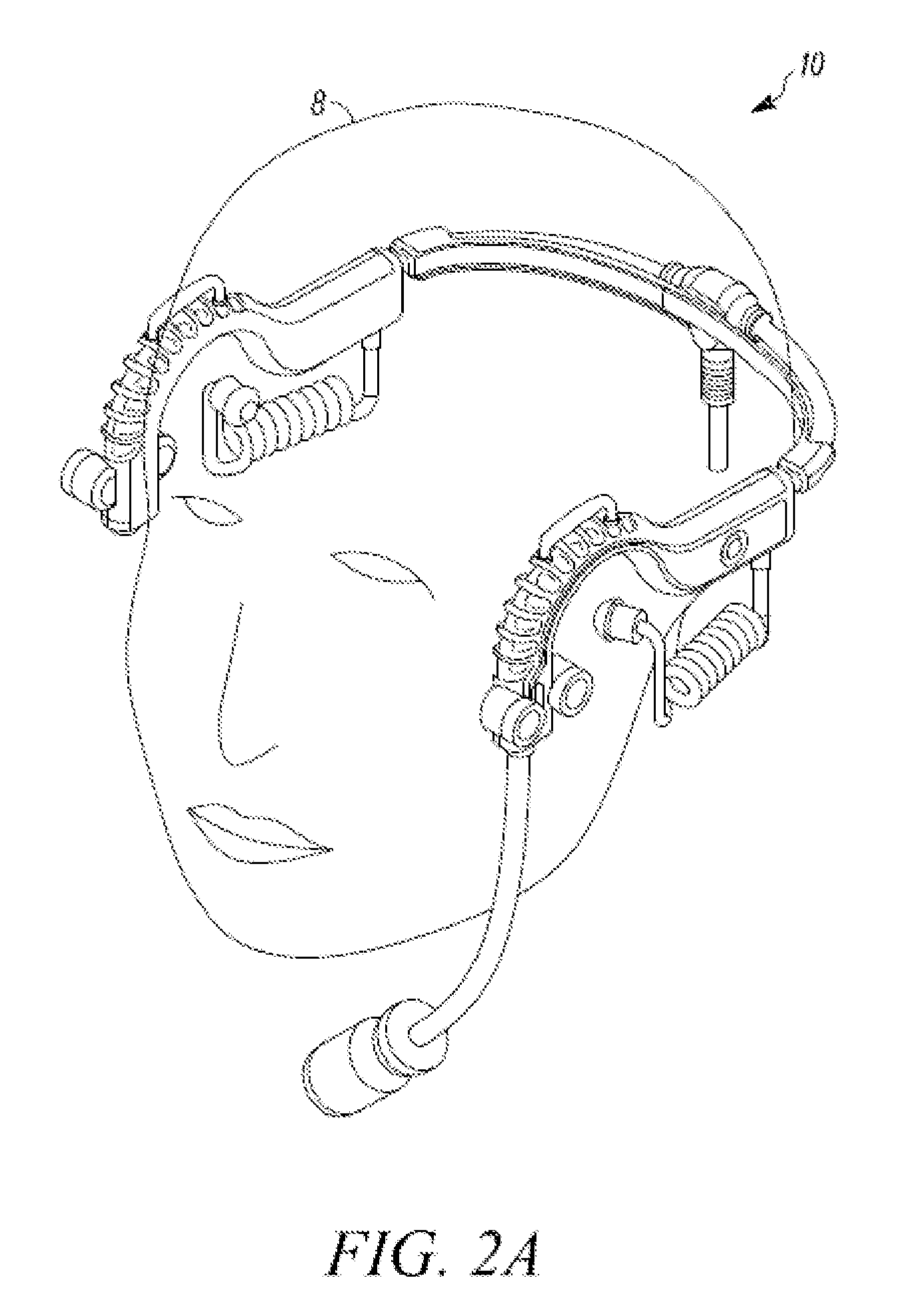Advanced low-power talk-through system and method
a low-power, talk-through technology, applied in the field of hearing protection, can solve the problems of poor situational awareness, inability/limitation in calculating phase shifts in acoustical sources, wearers to lose their ability to hear ambient noise and localize sounds, etc., to achieve enhanced situational awareness, attenuate environmental sound, and reduce nois
- Summary
- Abstract
- Description
- Claims
- Application Information
AI Technical Summary
Benefits of technology
Problems solved by technology
Method used
Image
Examples
Embodiment Construction
[0030]In the specification and the claims which follow hereinbelow, the term “low power” or “low power consumption” when used in describing the power consumption of a talk-through system is intended to mean operation wherein the peak power consumption level is below 6 mW.
[0031]In the specification and the claims which follow hereinbelow, the term “microphone” is intended to mean an acoustical-to-electric converter for generating an electrical signal from an acoustical signal of one or more acoustical sources.
[0032]Reference is presently made to FIGS. 2A and 2B, which are isometric pictorial representations showing a user 8 wearing a low-power consumption, talk-through system 10 and details of the system, respectively, in accordance with embodiments of the current invention.
[0033]System 10 is essentially a headset worn on the head and extending about the rear of the head and supported additionally above the user's ears, as shown in the figure. The system is comprised of a rear head s...
PUM
 Login to View More
Login to View More Abstract
Description
Claims
Application Information
 Login to View More
Login to View More - R&D
- Intellectual Property
- Life Sciences
- Materials
- Tech Scout
- Unparalleled Data Quality
- Higher Quality Content
- 60% Fewer Hallucinations
Browse by: Latest US Patents, China's latest patents, Technical Efficacy Thesaurus, Application Domain, Technology Topic, Popular Technical Reports.
© 2025 PatSnap. All rights reserved.Legal|Privacy policy|Modern Slavery Act Transparency Statement|Sitemap|About US| Contact US: help@patsnap.com



